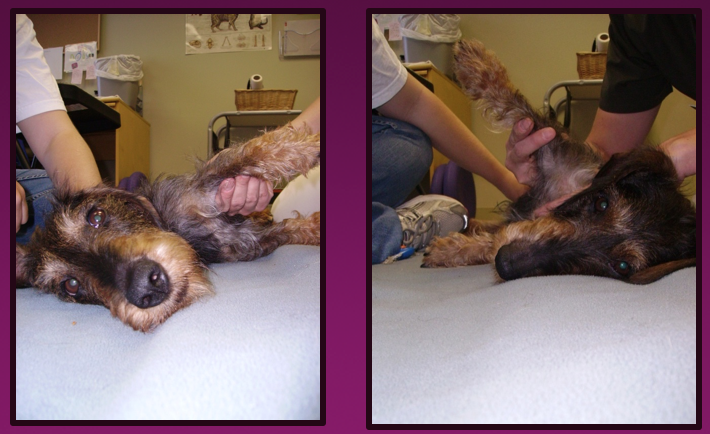Laurie's Blogs.
Nov 2018
Medial Shoulder Hypermobility unless proven otherwise

In combing through some recent journal articles, I found one that sparked some inspiration for this week’s blog.
Does muscle guarding play a role in range of motion loss in patients with frozen shoulder?
Hollmann, L. et al.
Musculoskeletal Science & Practice , Volume 37 , 64 – 68
Here’s the gist of the article: Idiopathic frozen shoulder presents with progressive shoulder movement restriction, and the average length of symptoms is 30 months until spontaneous recovery. It has been thought that inflammation and fibrosis are responsible for the signs and symptoms experienced. These researchers however wondered if muscle guarding had a role to play in the movement restriction experienced and noted in patients with frozen shoulder. To that end, they measured ROM prior to and while individual patients were anaesthetized for a subsequent capsular release surgery (n=5). The results? While the patients were under anaesthetic the researchers were able to increase passive abduction ROM by 55° to 110° and external rotation by 15° to 40°. The researchers concluded that their findings demonstrated that active muscle guarding, and not capsular contracture, may be a major contributing factor to movement restriction in some patients who exhibit the classical clinical features of idiopathic frozen shoulder.
This got me thinking about testing for Medial Shoulder Instability (hypermobility / compartment syndrome) in dogs with chronic shoulder issues. I had noted over the years of seeing and evaluated such cases that some of the dogs seemed to resist the abduction test. Not only were some of the dogs very fidgety and uncooperative with the testing, but at times I felt like I was coming to a distinct end of abduction range, but not that hard capsular end feel that I would expect with a totally normal shoulder. Nor was I getting excessive abduction but a soft capsular end feel as I would expect with herding dogs who seem to have more hypermobility as a starting point. And in most cases the dogs were apprehensive to testing. I have found that if you persist with testing, perhaps do some gentle mobilizations, and/or go into abduction at a total snail’s pace, keeping your own breathing long and slow and allow the dog to actually ‘show you’ it’s true range, you will find the chronic medial shoulder instability cases that are hiding in plain sight! Muscle guarding strikes again!
In fact, I proclaimed in the lecture I gave last weekend to the Australian Canine Rehabilitation Association conference, that I believe that most shoulder injuries should be thought of as primary medial shoulder instability (hypermobility / medial compartment) or a sequela to medial shoulder instability… whether that is a biceps, teres major or supraspinatus tendinopathy, or an osteochondrosis or osteoarthritis. (So, obviously not all shoulder issues… but I would stand by saying ‘most’.) I think we should view shoulder lameness as medial shoulder hypermobility unless proven otherwise!
What does this mean for you, the rehab practitioner? I believe that when assessing for medial shoulder instability, you have to go slow and be very pedantic about how you conduct your assessment. I believe you need to assess the joint multiple times, and perhaps multiple times over a series of treatments, especially if unable to sedate the animal to test in a state where muscle guarding would be minimized. As well, I think that in any of the tendinopathies or arthropathies (i.e. the cases listed above), you should add some treatment for a presumed medial shoulder instability as well… as I think that would solve a lot of shoulder lameness mysteries or slow to resolve shoulder cases.
Try it out and best of luck with your rehab this week!
Cheer! Laurie


